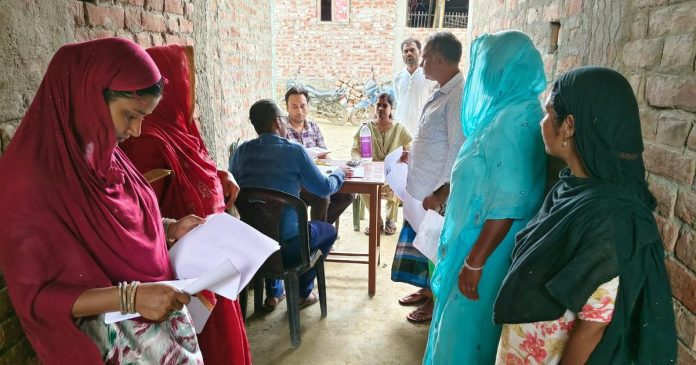Patna: Muslim politics in Seemanchal, Bihar, is witnessing a shift driven by caste identities. Once united under a shared religious identity, Muslim voters in this region are now showing strong caste-based preferences in elections.
Seemanchal, comprising Kishanganj, Katihar, Araria, and Purnia districts, is home to nearly 28 percent of Bihar’s Muslim population. The community is diverse, with Surjapuri, Kulhaiya, Shershahbadi, and Sekhra groups differing in dialect, religious orientation, and social classification.
Before 2000, Muslim MLAs from various castes often won seats outside their community strongholds. Since then, voting has become increasingly caste-aligned. In the 2020 Bihar Assembly polls, 11 of Seemanchal’s 24 constituencies elected Muslim MLAs. Six were Surjapuri, two Kulhaiya, one Sekhra, and two from upper-caste Muslim backgrounds.
The Surjapuri dominate constituencies such as Kochadhaman, Bahadurganj, Kishanganj, Thakurganj, and Balrampur. The Kulhaiya hold influence in Jokihat and Araria. Mixed areas like Amour and Baisi see competitive contests among Muslim subgroups.
Political parties are adapting to these realities. The AIMIM is trying to unite Surjapuri and Kulhaiya votes by balancing its candidate selections. The Mahagathbandhan alliance is also expected to distribute tickets along caste lines to maintain voter loyalty.
The growing emphasis on caste identity highlights the evolving nature of Muslim political behavior in Seemanchal, where faith, social grouping, and regional identity are deeply intertwined in shaping electoral outcomes.




